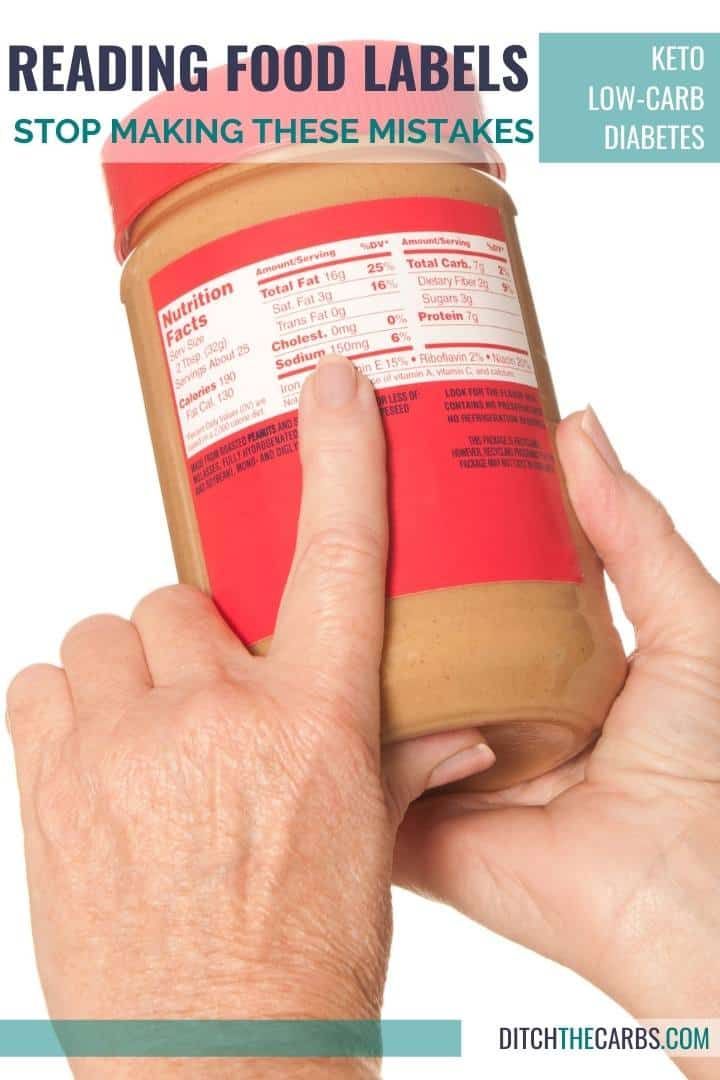In today’s world, it’s more important than ever to be mindful of what we’re putting into our bodies. One of the best ways to do that is by reading nutrition labels. But with so much information packed into those tiny boxes, it can be overwhelming to decipher what it all means. In this article, we’ll break down how to read nutrition labels like a pro, so you can make informed decisions about your diet.
Understanding Serving Sizes
The first thing to pay attention to when reading a nutrition label is the serving size. This is crucial because all of the information listed on the label is based on that specific serving size. Be sure to check how many servings are in the package, as it’s common for a single package to contain multiple servings.
Calories
The next thing to look at is the number of calories per serving. This tells you how much energy you’re getting from the food. Keep in mind that the number of calories listed is based on the serving size, so if you eat more or less than that amount, you’ll need to adjust accordingly.
Macronutrients
After calories, you’ll want to pay attention to the macronutrients listed on the label. These include fat, protein, and carbohydrates. Each of these macronutrients plays a different role in your diet, so it’s important to understand how much of each you’re consuming.
Fat
There are different types of fat, including saturated, unsaturated, and trans fats. Limit your intake of saturated and trans fats, as they can increase your risk of heart disease. Opt for foods high in unsaturated fats, such as nuts, avocados, and olive oil.
Protein
Protein is essential for building and repairing tissues in your body. Aim to include sources of lean protein, such as chicken, fish, tofu, and legumes, in your diet.
Carbohydrates
Carbohydrates are your body’s main source of energy. Look for foods that are high in fiber and low in added sugars to keep your energy levels stable throughout the day.
Vitamins and Minerals
Finally, don’t forget to check the vitamin and mineral content on the nutrition label. These micronutrients are essential for various bodily functions, so it’s important to ensure you’re getting enough of each. Look for foods that are rich in vitamins and minerals, such as fruits, vegetables, whole grains, and dairy products.
Conclusion
Reading nutrition labels like a pro may seem daunting at first, but with practice, you’ll become more confident in making informed decisions about your diet. Remember to pay attention to serving sizes, calories, macronutrients, and vitamins and minerals when evaluating a food’s nutritional value. By arming yourself with this knowledge, you can take control of your health and well-being.
This article provides a comprehensive guide on how to read nutrition labels effectively, catering to the tech-savvy audience. By breaking down the information into easily digestible sections and incorporating HTML markup, the content is designed to be informative and engaging for readers looking to make healthy and informed dietary choices.
